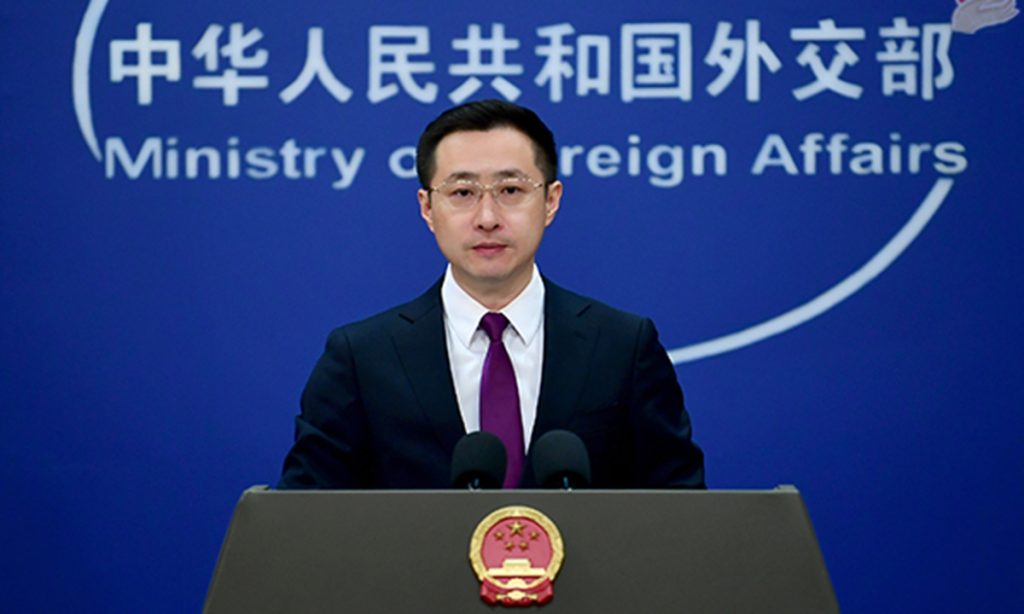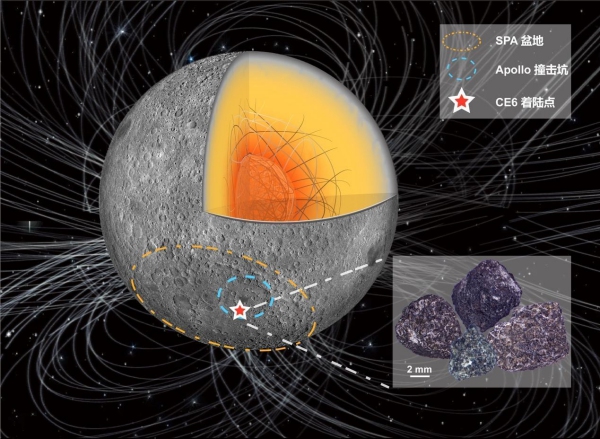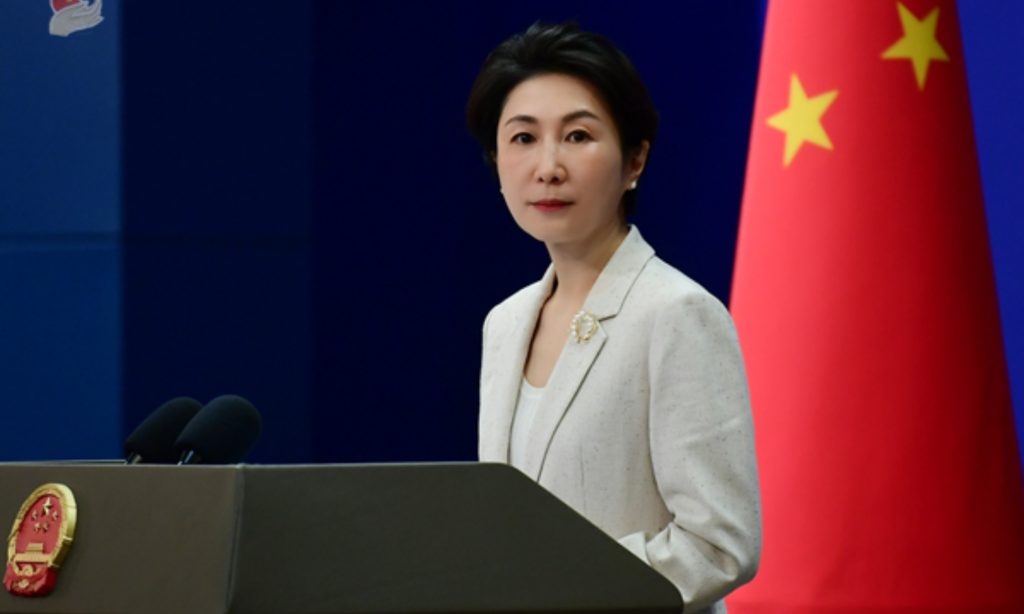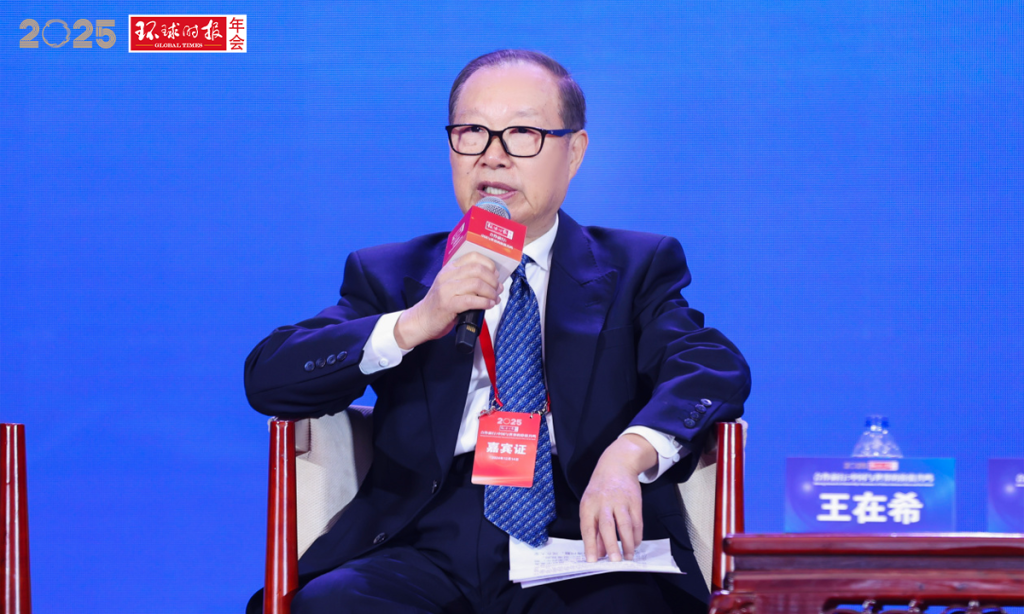China's industrial development in 2024: accelerating toward intelligent manufacturing
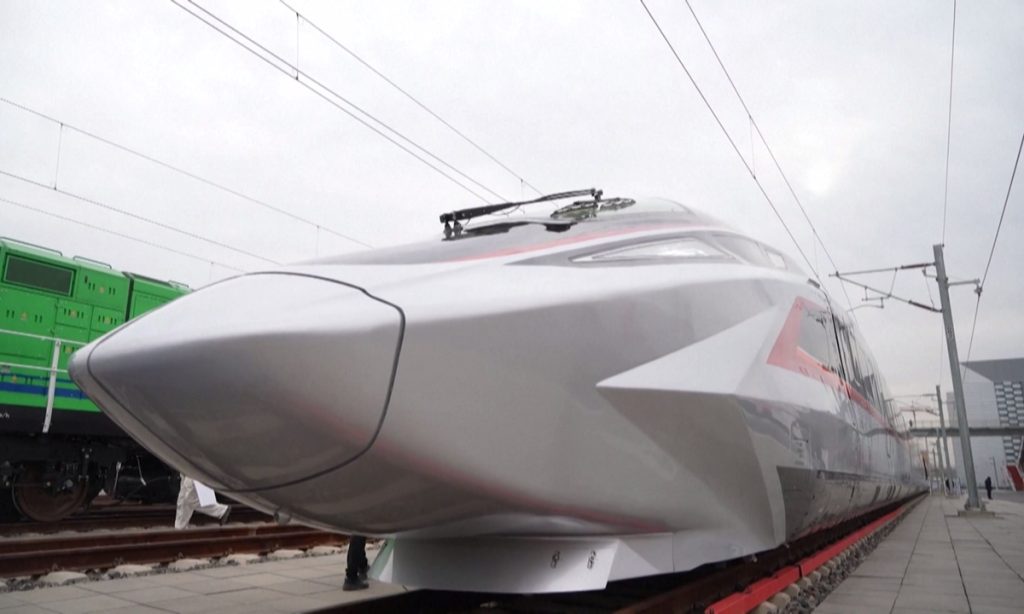
In 2024, China's industrial landscape has witnessed a series of exciting "firsts" and groundbreaking achievements which reflect the robust momentum of China's manufacturing sector and underscore the country's commitment to high-end, intelligent, and sustainable manufacturing practices.
In a latest development, China debuted a prototype of the fastest high-speed train in the world, Xinhua News Agency reported on Sunday.
A prototype of the CR450 bullet train that will run at 400 kilometers per hour debuted in Beijing on Sunday, said the country's railway operator. The CR450 is capable of running at 450 kilometers per hour in tests, highlighting China's cutting-edge advancements in rail technology.
In other sectors, China's homegrown wide-body C929 aircraft gets first intended user in November, marking a new breakthrough in the large aircraft industry.
China's first domestically built large cruise ship has also started commercial operations in January, setting sail for a new era in cruise tourism.
As of Sunday, it has completed 84 voyages, facilitating a total of 600,000 inbound and outbound passenger trips, according to Xinhua.
A series of data also show significant achievements in China's high-quality economic development.
In 2024 China has surpassed 4.14 million 5G base stations, averaging 29 stations per 10,000 people. The manufacturing sector has over 6.03 million registered enterprises, with 8.55 percent linked to strategic emerging industries, a 6.35 percent increase since the end of 2023. China's annual production of new-energy vehicles (NEVs) surpassed the 10 million milestone for the first time in 2024. Additionally, the humanoid robot market is projected to reach 3 billion yuan ($411 million), showcasing the potential of emerging sectors in China's economy, China Media Group (CMG) reported.
The purchasing managers' index (PMI) for China's manufacturing showed encouraging signs this year, climbing from 49.2 percent in January to 50.1 percent in October and further to 50.3 percent in November, suggesting a recovery in industrial activity.
Foster innovation
Throughout the year, the Chinese government implemented various initiatives to foster innovation and development in key industries.
In January, China unveiled policies aimed at promoting future industries such as humanoid robots, brain-computer interfaces, and 6G technology to stimulate new economic growth.
By February, the government had issued guidelines to accelerate the green transformation of the manufacturing sector. In March, China launched large-scale equipment upgrades and consumer goods trade-ins to lift the quality of traditional industries. In June, China rolled out a new set of support policies for 1,000 "little giant" firms, as part of efforts to improve the modern industrial system in the country. In September, the country introduced construction plans for pilot-scale testing platforms in manufacturing and new materials, accelerating the transition of new technologies from the laboratory to the factory, according to CMG.
These measures are facilitating high-quality development across various manufacturing sectors.
In the domestic cruise manufacturing industry cruise-building industry China's first domestically built large cruise ship, the Adora Magic City, started its commercial maiden voyage in January. This marks a significant milestone for China's cruise manufacturing industry, as it now possesses true autonomous control capabilities and a complete industrial cycle system, signaling a new phase in the development of the cruise industry in China, said Yang Guobing, chairman of the China State Shipbuilding Corporation (CSSC) Cruise Technology Development Co, Ltd, operator of the ship.
Yang believes that in 2024, China's cruise manufacturing industry entered a new phase of independent development. This phase aims to integrate the entire industrial chain, achieve independent design, construction, supporting facilities, and operations of cruise ships, and foster international cooperation while pursuing self-sufficiency. This approach is set to usher in a new era of high-quality development for China's cruise industry.
In the robotics sector, the National and Local Co-Build Humanoid Robotics Innovation Centre based in Shanghai is making strides as well. The center is currently constructing a training facility that can accommodate 100 humanoid robots for simultaneous intelligent training, to make them more capable of assisting humans in various scenarios, with plans to expand this capacity to 1,000 by 2027, the Global Times learned from the center.
In the field of brain-computer interfaces (BCI), exciting advancements are being made that could greatly benefit patients with paralysis and neurological diseases. A notable milestone occurred in November when a domestic BCI product allowed a participant with a spinal cord injury to drink water using a specially designed pneumatic glove.
The BCI product, called NEO, was developed through a collaboration between Neuracle Technology Co, Ltd and Dr Hong Bo's team from Tsinghua University. In August it became the first BCI product to enter the special review process for innovative medical devices in China.
Currently, Neuracle is working on expanding its product offerings to encompass a broader range of brain functions. In the future, the company aims not only to assist patients with basic actions such as eating and drinking but also to enable them to perform more complex tasks, including writing and playing the piano, Neuracle told the Global Times.
Chen Jing, vice president of the Institute of Technology and Strategy, a tech research institute based in Beijing, told the Global Times that the achievements of 2024 reflect the outcomes of the development of new quality productive forces. These advancements not only drive China's economic development but also lay a solid foundation for sustainable growth in the future.
A look into 2025
China's value-added industrial output of enterprises above the designated size is forecast to grow by about 5.7 percent year-on-year in 2024, official data showed Friday.
In 2024, China's industrial economy has achieved steady improvement despite challenges, and the manufacturing value added's share of gross domestic product remained stable, according to a national work conference on industry and information technology.
According to the meeting, China will promote stable growth in the industrial economy, with moves including intensifying the implementation of policies supporting large-scale equipment upgrades and the consumer goods trade-ins in 2025.
Efforts will be made to foster and develop emerging industries in 2025, with a focus on promoting implementation scenarios of new technology and new products. Key areas of emphasis include the development of internet-connected vehicles, the expansion of the BeiDou Navigation Satellite System's applications, low-altitude information infrastructure, biomanufacturing, the quantum industry, and embodied AI, among others, according to the meeting.
By 2025, intelligent manufacturing in China is poised to deeply integrate with advanced technologies like the Internet of Things, big data, and AI, propel traditional industries toward higher levels of sophistication and intelligence, Chen said.
These innovations will not only enhance production efficiency but also foster new business models and growth opportunities for enterprises, Chen said, adding that this will support China's goal to achieving high-quality economic development and help elevate its position in the global value chain.
Geng Bo, a senior technology industry insider, told the Global Times that China, which ranks first globally in the production and sales of consumer electronics, offers an abundance of application scenarios and a growing demand that drives continuous sci-tech innovation and product improvements.
Whether in smartphones, home appliances, automotive electronics, industrial control, or the new-energy sector, market demand is driving domestic companies to innovate and develop products tailored to various needs, thereby driving the rapid growth of the country's sci-tech advancements and innovative applications, Geng said.
